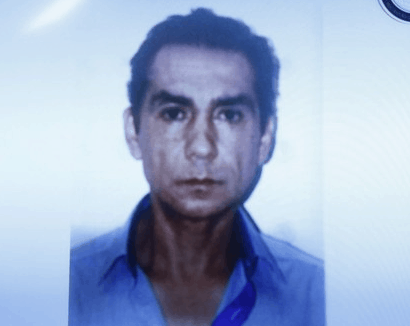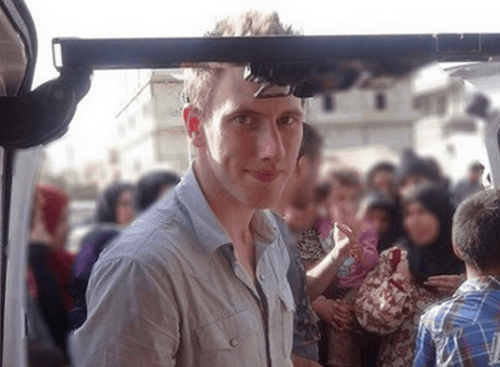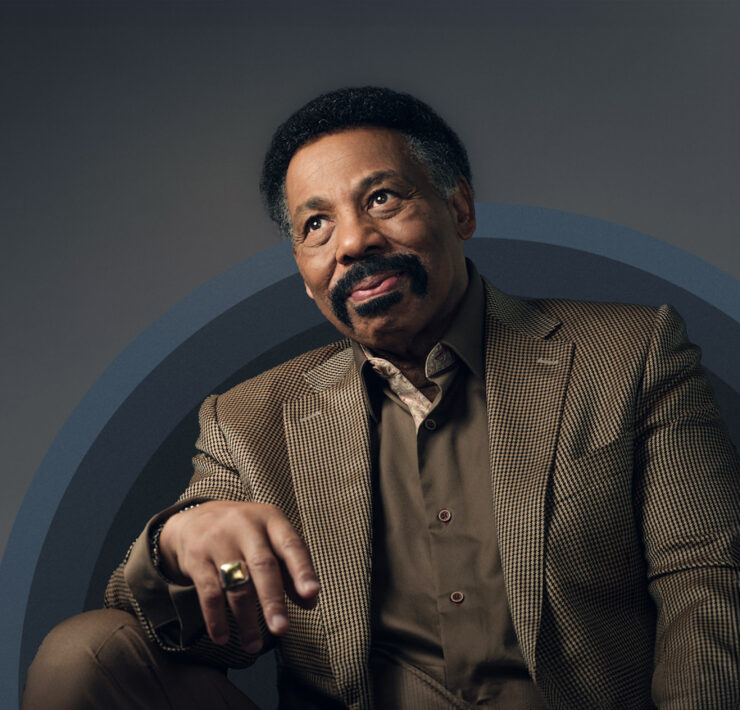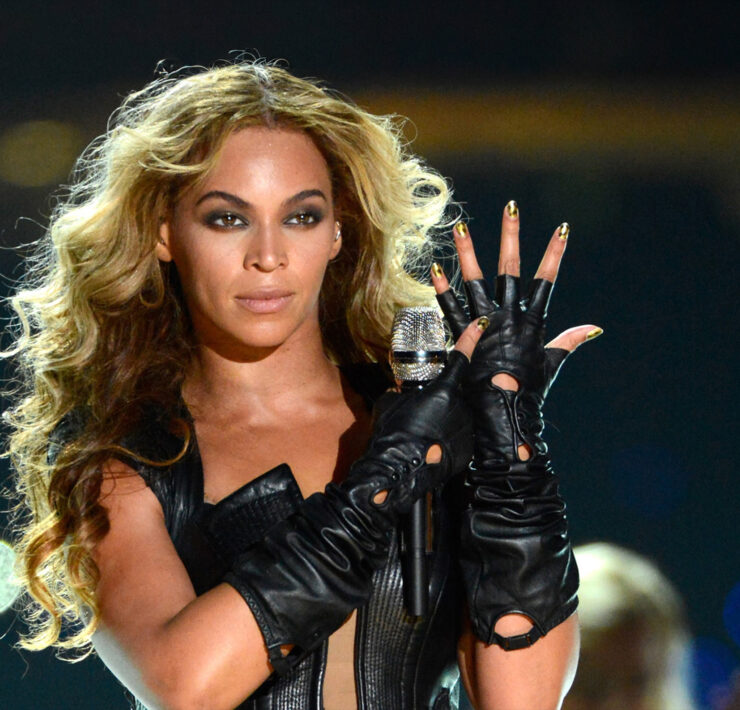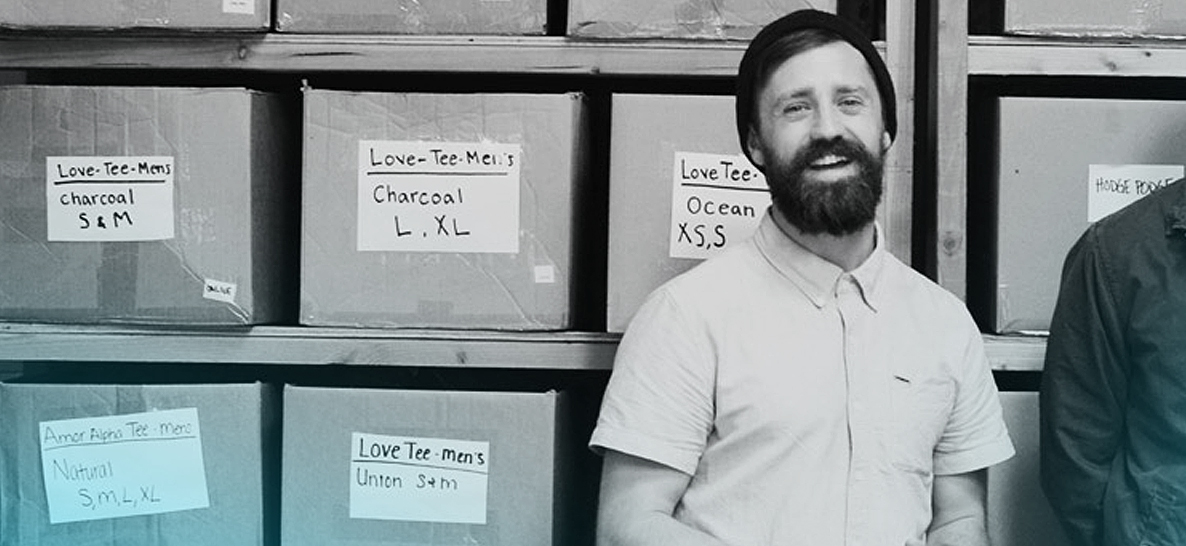
In an era of fast fashion, the team behind the nonprofit organization Krochet Kids Int. is doing things differently. The organization empowers women in parts of the developing world with training and jobs making unique apparel—and a path out of poverty.
We recently spoke with the organization’s founder and CEO Kohl Crecelius about how they got started, the impact they’re having, their upcoming Christmas campaign and why you should know the people making your clothes.
Your organization kind of has a unique story. You guys make a lot of cool clothes and hats and bags and some really cool products. But can you tell me a little bit about how it got started?
When I was in high school, my older brother came home from his first semester at college and he was crocheting. And he taught me how to crochet. We lived up in the Northwest at the time, so a beanie was a staple of life, especially for us as skiers and snowboarders.
I taught two of my closest friends, and it started us on this entrepreneurial endeavor that we were dubbed “the crochet kids.” And that’s really the first part of the story. We didn’t really have any aspirations to become a nonprofit or anything of that nature at that time. But we learned a lot about business and what it means to have a brand.
Fast-forward a little bit, and we while in college had opportunities to travel and, like many other people, had that question in the back of our minds, “What could we do to help?” And the lightbulb, the ah-ha moment for us, so to speak, was that we were in northern Uganda. We asked people what, if anything, we could do to help them and they said, “You know what? We don’t want any more handouts. We don’t want any more things from any more aid organizations. We want to work. We want to provide for ourselves and our families.”
That really resonated, really struck a chord with us. So as a result, we decided that we would go back to Uganda and train a group of women how to crochet and let that be a way for them to earn an income, as well as us be able to sell product and create this sustainable cycle.
So this is like seven years ago. You visited Uganda and saw that there’s a need for some manner of sustainable income there. And you had the idea to use these beanies and train them how to make them. How does the story pick up from there?
From there, we had some really great opportunities for partnerships. We really early on worked with Volcom as a collaboration partner. We also started selling in Nordstrom stores. So these things incrementally allowed us to increase the number of women we employed and the impact that we were having on the ground.
There came a point about four years ago that we really saw the need to diversify our product, to move it outside of just simply crocheting and to also try and make an impact in another part of the world. So four years ago, we started a program in Peru, and there we had the opportunity to introduce some knitting, looming, to make other products as well as a cut-and-sew floor—a small sewing floor where we could make our own apparel and bags.
The most important thing for us was that we could maintain this promise we had set out in the beginning: That every piece we make is hand-signed by the person who made it. So no matter what types of construction methods we use, whether it’s crocheting or whether it’s sewing, that same impact is happening on the person’s life who’s actually making that item.
In modern consumption, particularly in the clothing industry, there seems to be this disconnect of where people’s clothes are actually coming from. People purchase all these fashion items and are shocked to learn some cheap shirt they bought may have actually contributed to terrible working conditions. So what you guys are doing really goes right in the face of that by connecting each item with an individual person.
Absolutely. And that was it for us. We don’t work with third-party factories or anything. We actually own and operate our own facilities in the regions where we work.
We were so intimately involved in that process, and we were learning the stories of these women we were working with and how their lives were changing and drastically becoming better. And we wanted to just put a face, an actual person behind the product to help people, maybe for the first time, think about that for the things that they wear—not only where it’s made.
Are any of the individual stories particularly memorable or meaningful to you?
I should take a half step back and say that really for us the apparel production and what we do is a stepping-stone. We even see our work as a stepping-stone for the women we work with. Our ultimate goal is to empower people to rise above poverty. And how we define that is when women would be equipped with all the tools, the resources and the knowledge that they would need to step out beyond the need for even help, for any need of outside help, international aid, including Krochet Kids International.
So one story that comes to mind that illustrates this point is that one of the first ladies that we taught to crochet, her name was Beatrice. And Beatrice, when she started, she literally—and she knows this—was one of the worst crocheters that we had. She had such a hard time learning.
But Beatrice, over the course of about four years, was able to take the income she’d earned at Krochet Kids to invest it back into her family, sending her kids to school. She saved her money and invested in other businesses that put her family members to work as well as community members.
She’s actually moved on and graduated outside of Krochet Kids’ program to now sustaining—in the busiest times of the year—12 other employees in the businesses she’s running.
That’s the picture of empowerment and equipping women in the developing world and the impact they can have on their lives and that of their surrounding area. That’s what we are all about. That’s our heartbeat.
What’s your new holiday campaign?
The campaign is called Know Who Made It, and we are really striving to help people understand where we started this conversation. We have a really exciting initiative coming up on Nov. 19. We have a secret initiative taking place that we’re not able to talk about until the 19th so I really encourage people to go check it out ahead of time.
I saw on Twitter Ashley Tisdale was wearing one of your hats.
People maybe don’t understand if they just see our website or just see our product in store that we’re really a small staff. We don’t have this amazing PR happening, so when that stuff happens it’s cool because it’s validating, and it wasn’t this PR plug or this play. Even more recently, we’ve had this great collaboration with Birchbox and Olivia Wilde loves the hats, so seeing her wear it and seeing how excited people get as a result is really fun.
There are a lot of altruistic business models out there, but you guys actually operate as a nonprofit. Why is that?
I think the most direct answer on our end of why we are that way is so we can maintain the clearest of focus on our mission and our intention for what we want to do: to empower people.
It takes a lot more than just a job, just employment, to empower somebody. We also provide a three-year education curriculum and a mentorship program, and it really operates for us the best within a nonprofit setting because we can maintain that as our bottom line, as our end goal. The revenue we generate through product sales and all of the business activities we do can support that. Our donors or anyone who gets involved with us have one singular mission.








